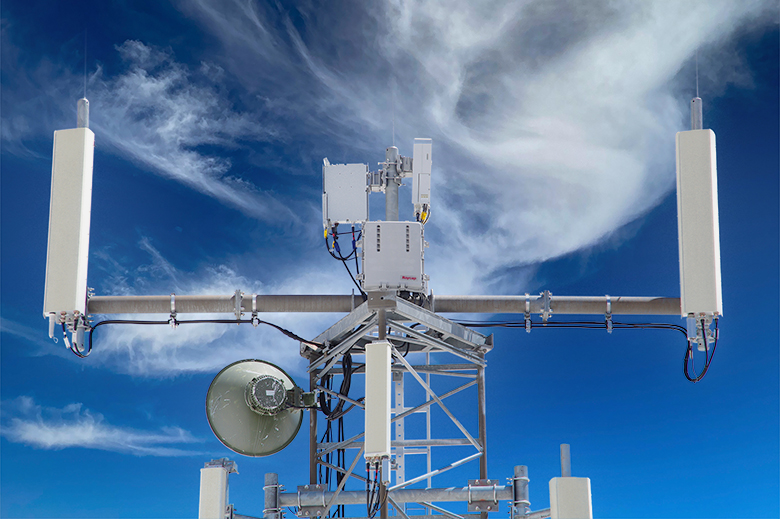Cellular Site Surge Protection Systems
The telecommunications industry is one of high specialization and extreme competition. Over the years, the competitive field has narrowed significantly to a few players. The major companies dominate the market in most capacities, with minor players participating through the use of the networks that have been constructed by larger participants. Through these networks of connectivity, nearly all areas of major population are serviced, with access to a cellular network being available to nearly everyone, from nearly everywhere. These networks are also expanding every day, with new areas being identified and brought into the connectivity loop through installation of towers. The differentiation points that will generally dictate customer choice of a company involve only a few factors, connectivity within their primary vicinity, cost and network speed. Oddly enough, the majority of these factors are largely tied to radios atop cellular towers or buildings, and the surge protection devices that protect them.
Cellular site surge protection systems (or lack thereof) are a major contributor to the costs that must be paid by consumers for a company to remain profitable. Today’s cell sites consist of a tower or other tall structure, a number of radio heads placed remotely at the topmost levels of the structure, and a base band unit, along with a myriad of additional connectivity cables and enclosures and data transfer equipment. There is expense associated with these components, and network speed goes hand in hand with equipment costs. The more powerful the signal, the faster the network and the more enhanced features that can be offered to customers that are being serviced primarily through a specific tower will be dictated by the cost of the equipment, and will also increase the risk of loss if damage was to occur. As the networks evolve and higher cost equipment is integrated into the sites themselves, the losses that can occur as a result of lightning strikes and the resultant power surges are also increased. Due to this simple aspect, the need for more evolved and technologically advanced surge protection systems must also be addressed.
A lightning strike to a cellular site is common, producing damage at the strike point as well as surge related damage to the circuitry of equipment attached or within that structure. Due to the power and data transfer cables connecting the equipment necessary for the process, the surge itself does not only damage equipment in the immediate vicinity of the strike. In fact the surge can damage equipment quite some distance away due to the effective coupling of the surge along these cables. The only effective protection against this damage chain is the use of surge protection devices at critical points. While the integration of SPDs will reduce damage, the connectivity issues remain in place even within most protected systems. Surge protection devices accomplish their goal by cutting the flow of power beyond their point, essentially shutting the system down until repair or resetting occurs. This makes that particular tower or cell site non-functional, and if there is no additional tower that can pick up the slack, customer connectivity suffers. Raycap devices address these issues through their technology’s ability to continually function, essentially remaining “always on” and continuing to protect against additional surges even after they have performed their duty. This allows restoration of functionality of the entire cellular system far faster than other surge protectors, allowing customers to experience less outages and thus improving service. Through effective surge protection, costs are reduced, network speeds can be safely improved, and connectivity is expanded.

